From Kitchen Chaos to Mole Magic: A Totally Unscientific, Slightly Spicy Journey Through Authentic Mole Sauce Recipes
So you’ve decided to dive headfirst into the world of mole sauce — congratulations! You’re about to embark on a flavor adventure that spans centuries, cultures, and enough spices to make your local spice merchant blush with pride. In this article, we’ll walk through what makes an authentic mole sauce recipe, why it matters, and how you can recreate it at home — without burning down your kitchen or crying more than the onions.
Table of Contents
- What in the World is Mole?
- Mole’s Many Faces: The Flavor Family Tree
- The Holy Grail: Authentic Mole Sauce Recipe (Poblano Style)
- Pro Tips for Making Mole Like a Tia Who Knows Her Stuff
- Tools You Need (And One That’s Just Fun to Say)
- Spice Breakdown: What Goes Into Real Mole?
- Myths & Mistakes: Let’s Clear the Air
- Pair It Like a Pro: What Goes With Mole?
- A Dash of History: Mole Through the Ages
- Modern Twists: Mole Beyond Tradition
- Final Thoughts: Stirring Up Joy, One Spoon at a Time
What in the World is Mole?
If you thought mole was just some dark red sauce that showed up uninvited at a taco party, think again. Mole is a rich, complex sauce rooted in Mexican cuisine that blends ingredients like chiles, nuts, seeds, spices, and sometimes even chocolate. Yes, chocolate. Before you panic — it’s not dessert. It’s deep, earthy, slightly sweet, and has layers of flavor so intense they could probably write their own memoir.
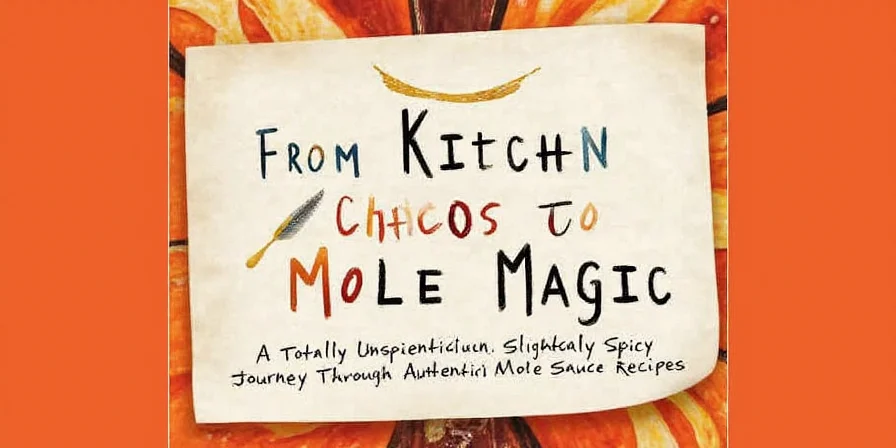
Mole’s Many Faces: The Flavor Family Tree
Mole isn’t just one thing — it’s a whole extended family reunion. Here are the major players:
| Type of Mole | Main Ingredients | Flavor Profile | Best For |
|---|---|---|---|
| Mole Poblano | Chiles, tomatoes, garlic, almonds, sesame seeds, chocolate | Deep, smoky, slightly sweet | Special occasions (like impressing your in-laws) |
| Mole Verde | Tomatillos, green chiles, herbs | Fresh, herbal, tangy | Weeknight dinners when you want something zesty |
| Mole Negro | Roasted chiles, banana, plantains, lots of spices | Very dark, intense, slightly fruity | Foodies who love drama (and bold flavors) |
| Mole Amarillo | Yellow chiles, pumpkin seeds, spices | Earthy, nutty, moderately spicy | Chicken enchiladas or tacos |
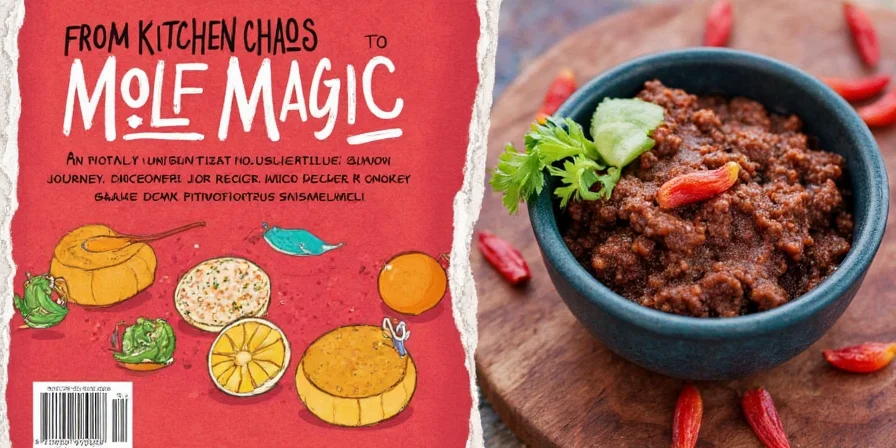
The Holy Grail: Authentic Mole Sauce Recipe (Poblano Style)
Here’s a classic authentic mole sauce recipe for mole poblano — the OG of moles. This version uses a balance of dried chiles, toasted nuts, warm spices, and yes, that mysterious chocolate note.
- Serves: 6–8
- Prep Time: 45 mins
- Cook Time: 2 hours
Ingredients:
- 2 dried mulato chiles
- 2 dried pasilla chiles
- 1 dried ancho chile
- 1 cup blanched almonds
- ½ cup sesame seeds
- 2 slices white bread, toasted
- 2 ripe tomatoes, roasted
- 1 small onion, chopped
- 2 cloves garlic, minced
- 1 small plantain or banana, fried
- 1 tsp ground cinnamon
- ¼ tsp ground cloves
- ¼ tsp ground anise
- 2 oz dark chocolate (70% cocoa), broken into pieces
- 4 cups chicken broth
- Oil for frying
- Salt to taste
Instructions:
- Remove seeds and stems from chiles. Toast them lightly in a dry skillet until fragrant but not burned.
- Soak the chiles in hot water for 20 minutes. Drain.
- In the same skillet, toast the almonds and sesame seeds until golden brown.
- Add the onion and garlic to the pan; sauté until soft. Add tomatoes and cook until softened.
- Place all ingredients (except broth and chocolate) into a blender and purée until smooth. Add broth as needed to help it blend.
- Transfer mixture to a pot and simmer for 1 hour, stirring occasionally.
- Add chocolate and stir until melted. Simmer another 30 minutes or until thickened to desired consistency.
- Taste and adjust salt.
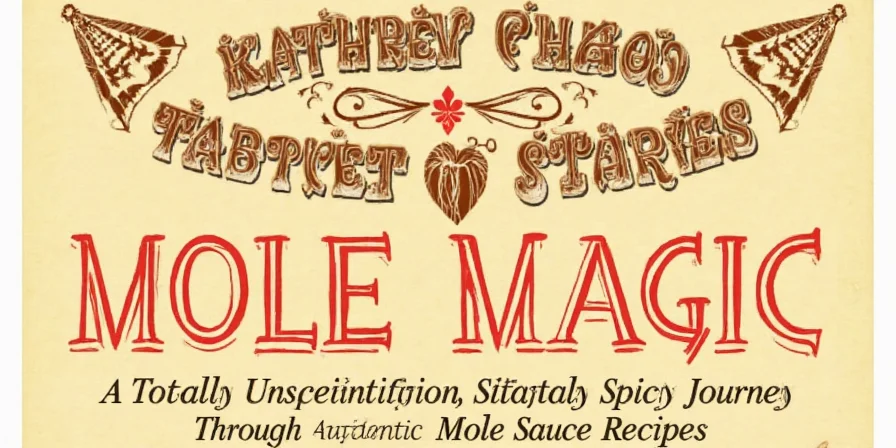
Pro Tips for Making Mole Like a Tia Who Knows Her Stuff
Let’s face it: mole can be intimidating. But fear not! Here are some game-changing tips to keep your kitchen from becoming a fire drill zone:
- Toasting is your best friend: Toasting nuts, seeds, and spices before blending adds depth and aroma that can’t be beaten.
- Use fresh spices: If your spices have been in the back of your cabinet since 2012, it’s time to upgrade.
- Don’t skip the soaking: Soaking dried chiles brings out their flavor and softens them for blending.
- Simmer slowly: Rushing mole is like trying to speed-read War and Peace — it might work, but you’ll miss most of the plot.
- Taste constantly: Adjust salt and sweetness throughout the process. Some recipes benefit from a splash of vinegar or a pinch of sugar.

Tools You Need (And One That’s Just Fun to Say)
You don’t need a full kitchen arsenal, but a few key tools will make your life easier:
- Blender: Preferably high-powered (Vitamix fans, raise your hands).
- Cast iron skillet: Great for roasting and toasting spices evenly.
- Molcajete: Bonus points if you own one. It’s a traditional Mexican mortar and pestle made from volcanic stone. Saying “molcajete” alone earns you street cred.
- Strainer: Optional but recommended for smoother results.
Spice Breakdown: What Goes Into Real Mole?
Mole gets its soul from a carefully curated mix of spices. Here’s a quick cheat sheet of common ingredients and their roles:
| Ingredient | Flavor Contribution | Why It Matters |
|---|---|---|
| Anise | Licorice-like, aromatic | Adds a floral, licorice note that lifts the heavier elements |
| Cinnamon | Warm, sweet-spicy | Brings warmth and rounds out the overall flavor |
| Cloves | Pungent, sharp | Offers intense spiciness that cuts through richness |
| Black pepper | Earthy, piquant | Adds heat and depth |
| Cumin | Smoky, nutty | Enhances the roasted quality of other ingredients |
Myths & Mistakes: Let’s Clear the Air
Time to set the record straight:
- Myth: Mole must include chocolate.
- Truth: While mole poblano does, many others (like verde or amarillo) do not. Chocolate balances bitterness in darker versions — not always necessary!
- Myth: Mole is impossible to make at home.
- Truth: It takes time, not genius. Go slow, enjoy the process, and embrace the mess.
- Myth: All moles are super spicy.
- Truth: Most are more about complexity than heat. Spice level varies wildly by type and region.
Pair It Like a Pro: What Goes With Mole?
Mole sauce plays well with others. Here are some classic pairings:
- Chicken: Especially shredded or poached, served under a pool of mole.
- Rice: Plain white rice lets mole shine. Sprinkle with sesame seeds for extra flair.
- Tamales: Wrapped in corn husks and soaked in mole — comfort food at its finest.
- Tortillas: Warm tortillas are perfect for scooping up every last drop.
- Plantains: Sweetness contrasts beautifully with mole’s richness.
A Dash of History: Mole Through the Ages
Mole traces its roots back to pre-Hispanic Mexico, where indigenous people combined native ingredients like chili, tomatoes, and cacao into complex sauces. When the Spanish arrived, they brought almonds, bread, and spices like cinnamon — which were incorporated into what we now know as mole poblano.
Legend has it that mole was invented in a convent in Puebla when nuns needed a dish impressive enough to serve to a visiting bishop. They threw everything they had into a pot — and thus, mole was born (or so the story goes). Whether myth or truth, it’s delicious either way.
Modern Twists: Mole Beyond Tradition
While authenticity is king for many, modern chefs are having fun with mole in unexpected ways:
- Mole Ice Cream: Bold, rich, and unexpectedly divine.
- Mole Pizza: Topped with shredded chicken, queso fresco, and drizzled mole sauce.
- Mole Mayo: Swirl into mayo for a kicky sandwich spread.
- Mole Empanadas: Filled with spiced meat and dipped in mole glaze.
Final Thoughts: Stirring Up Joy, One Spoon at a Time
Making authentic mole sauce is less about perfection and more about passion. It’s about taking time to build flavor layer by layer, letting each ingredient tell its part of the story. Whether you’re cooking for a holiday feast, a cozy dinner, or just because your soul craves a little spice, mole is more than a sauce — it’s a celebration of culture, tradition, and culinary magic.
So go ahead — roll up your sleeves, grab those chiles, and let the aroma of mole fill your kitchen. Your taste buds (and maybe your future in-laws) will thank you.
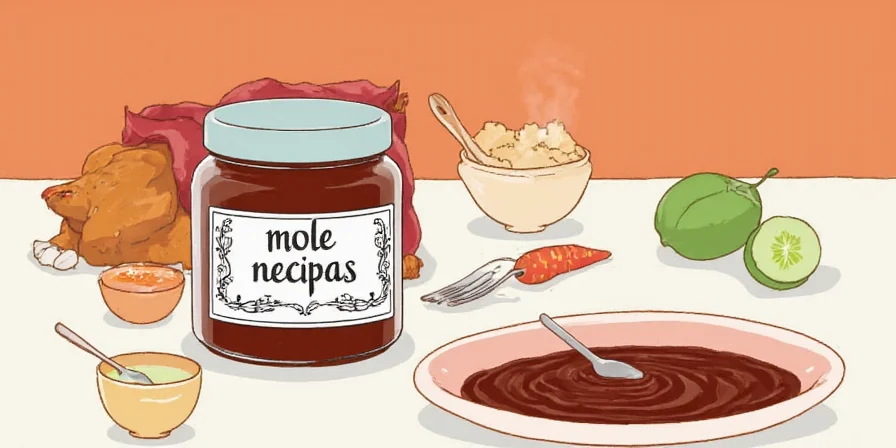

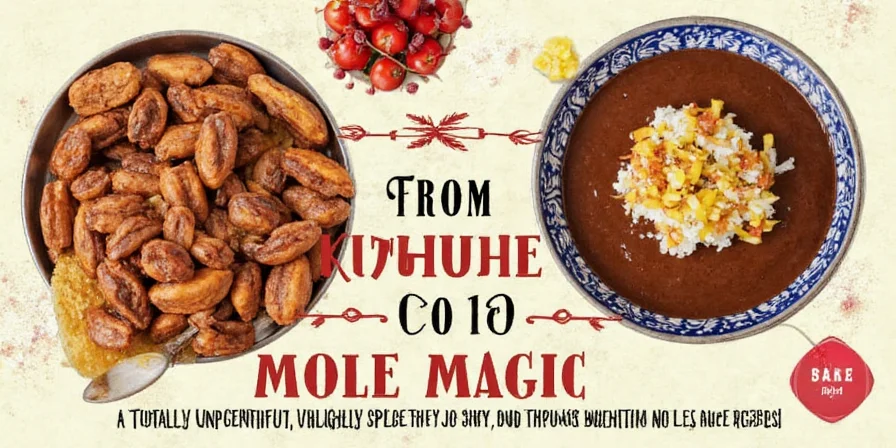









 浙公网安备
33010002000092号
浙公网安备
33010002000092号 浙B2-20120091-4
浙B2-20120091-4